An Equine Photographer’s Guide to Photographing Horses
I’ve had a few people reach out to me about what it takes to be an equine photographer. And who can blame them? Horses are graceful, magnificent beings (…90% of the time).
Hi, I’m Kristina and I’ve been photographing horses since 2014. I started off self-taught for years until finding the online community of equine photographers. You can check out my portrait gallery to see examples of my work over the years.
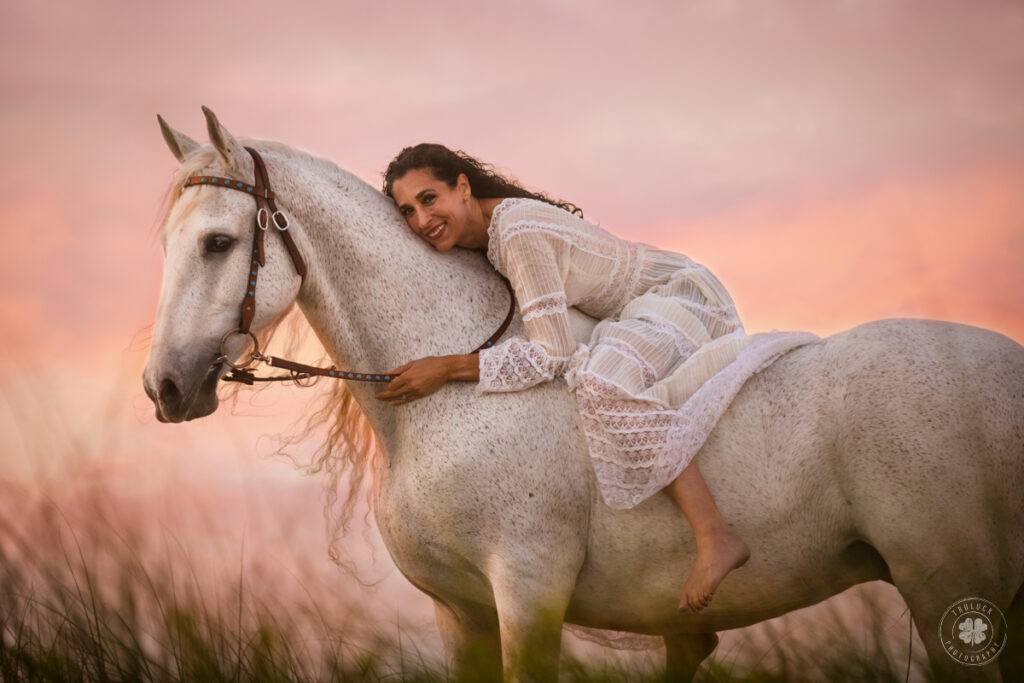
Choose the Right Focal Length
While I love wide-angle lenses for the creativity that they offer, they are a big no-no when it comes to photographing horses, especially for Fine Art black background sessions. I recommend using a lens length of at least 100mm to avoid distortion. Anything below that and you run the risk of giving the horse a giant head and teeny little toothpick legs. It looks really goofy. The standard lens for equine photography is the 70-200mm f/2.8.
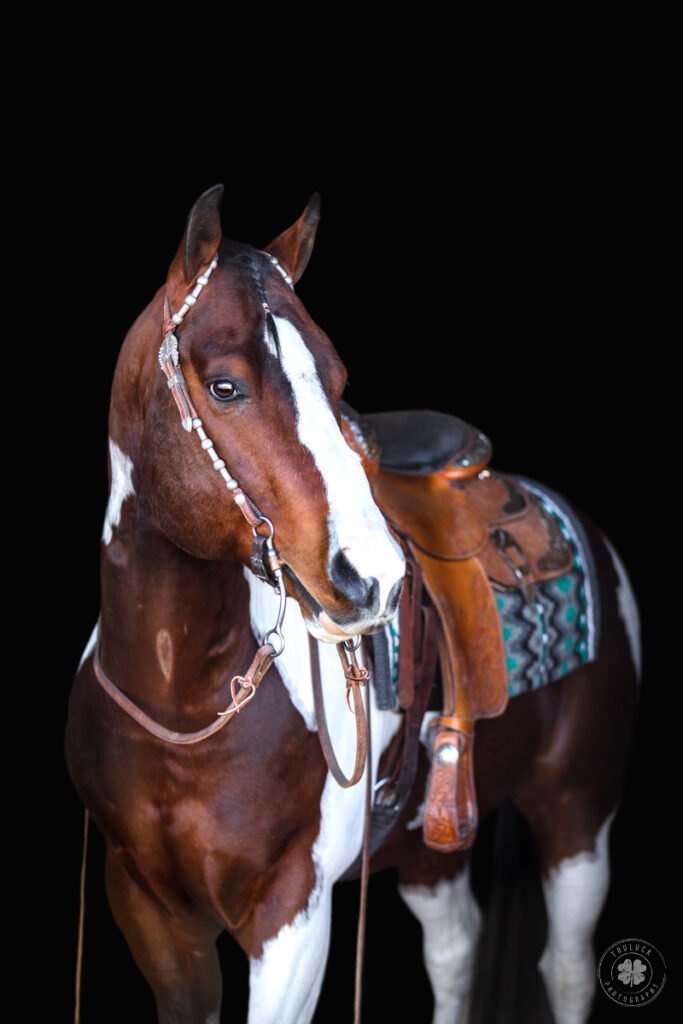
Safety Around Horses
If you’re unfamiliar with horses, I highly recommend you take some lessons with a trainer. Even the tamest horse can spook at something silly like a billowing dress or a plastic bag. ASK ME HOW I KNOW. Horses will run over you and your client in an attempt to get away from the perceived danger.
Learn what body language to watch out for – wide eyes, antsy dancing, flicking of the ears, etc. Also, learn to look out for when the horse is just done with the session. We’re asking them to do a lot – stand perfectly still, look this way, don’t eat that tempting tuft of grass. When they’re done, they’re done. We don’t want to make a photo session a bad experience for them.
Don’t wear open-toe shoes around horses. Ideally, you’d wear boots. Horses don’t pay attention to what they’re stepping on, and it hurts getting your toes squished by 1,000+ pound animals.
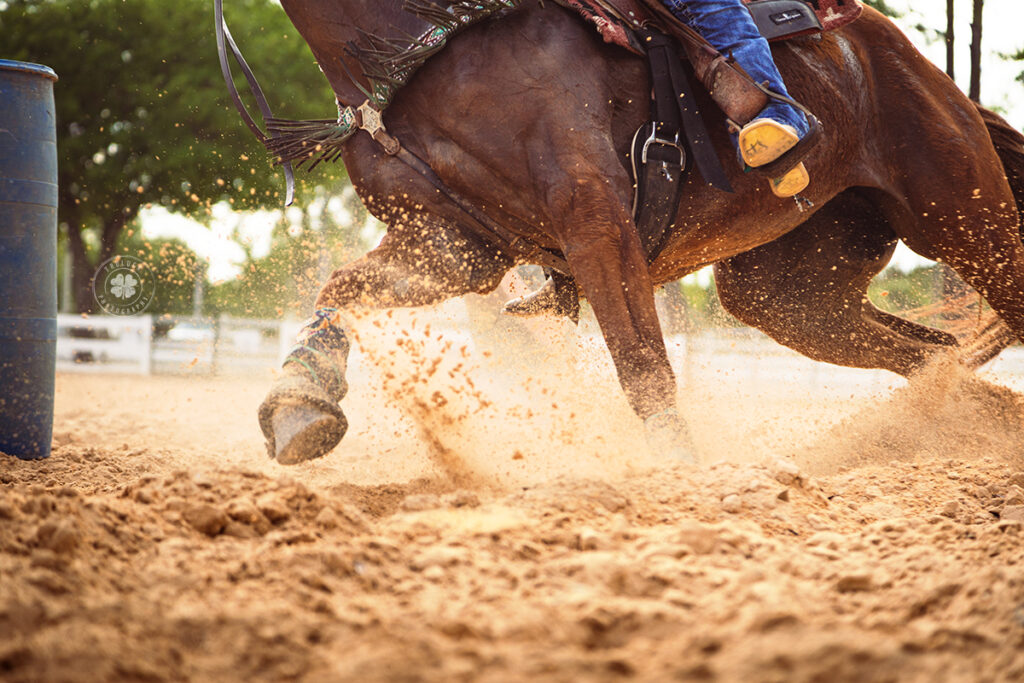
Photographing Horses – Ears and Feet
If you’re a horse person, you know how important it is to have happy ears and have the horse standing just right. We’ve all seen fashion photos of wonky ears and the horse standing with a leg cocked. When photographing horses, you want them to look their best.
Bring an assistant or have your client bring an assistant to get happy ears. You want the horse’s ears pricked forward in interest, but not panicked. I use a variety of props such as a hobby horse, a squeaky dog toy, a bucket of feed, and peppermints in wrappers to get their attention. You can also download apps with horse and animal sounds, but use this sparingly. Some horses, such as stallions, can get amped up when hearing other horses.
For the feet, you typically want the horse standing square. No relaxed legs with one foot propped. You also don’t want them standing with their hooves too close together or have the horse leaning forward or back.
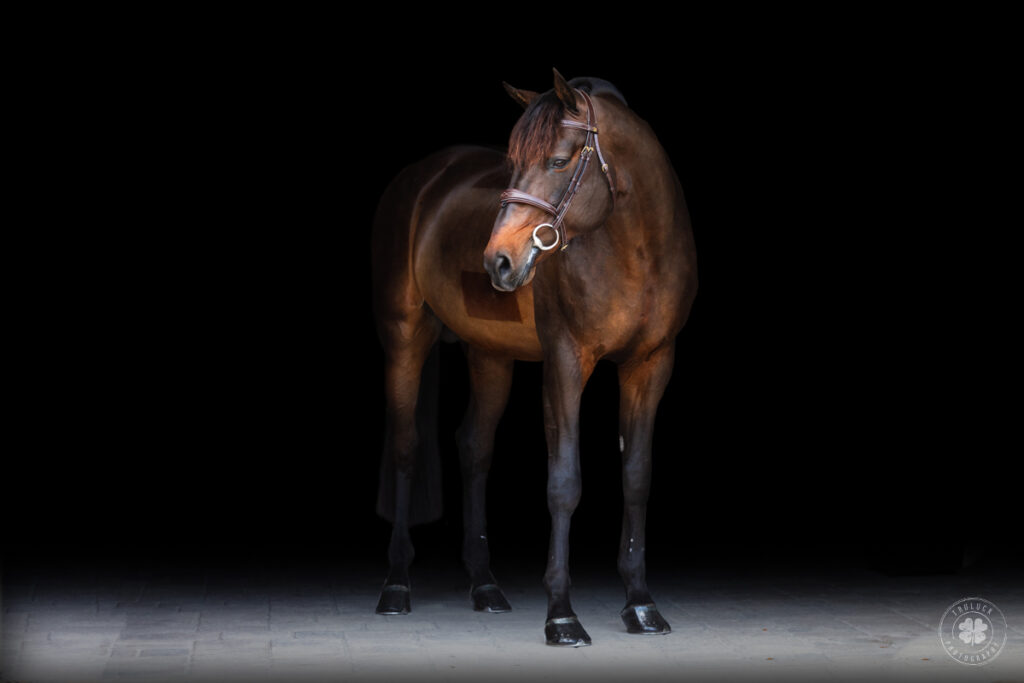
In Conclusion
There’s a lot to think about when it comes to successfully photographing horses – choosing the right focal length, making sure everyone is safe, and making sure you get the right expression with ears up and legs square.
Do you have more questions about photographing horses? Drop a comment on this post or email me at kristina@truluckphoto.com and I will gladly answer your questions!
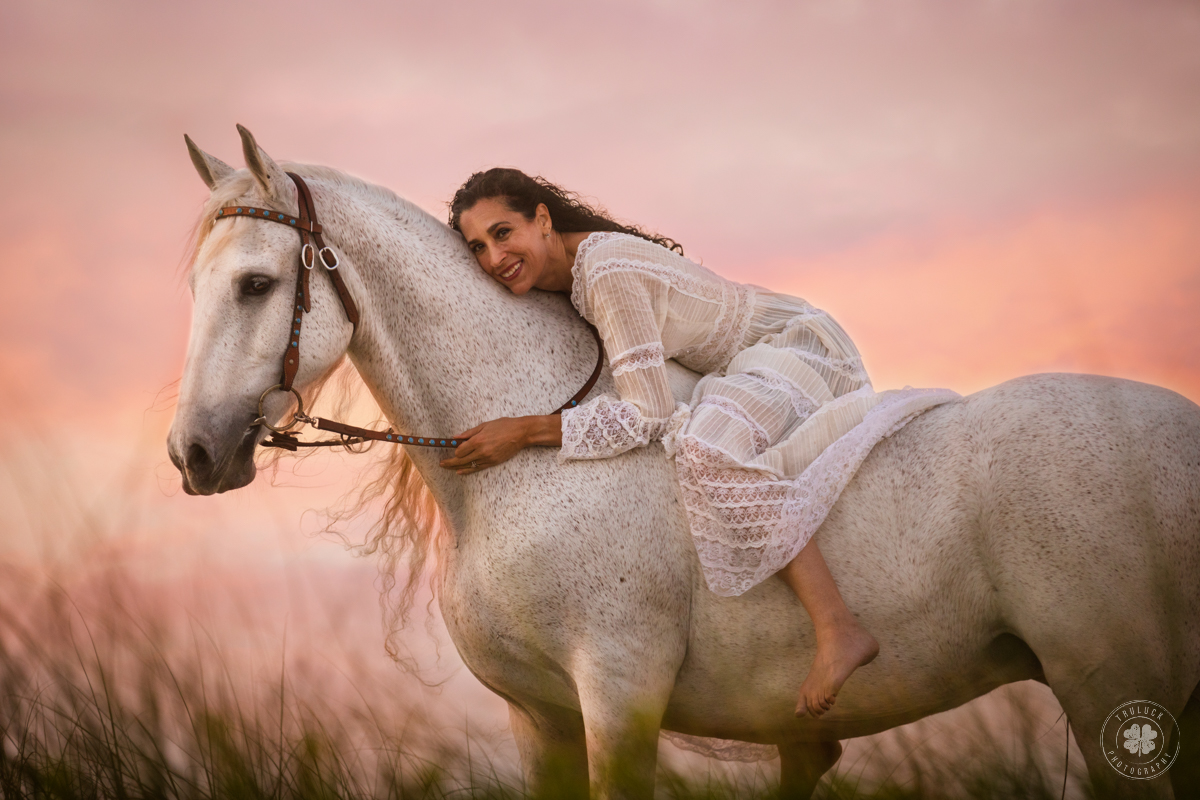
+ view comments . . .